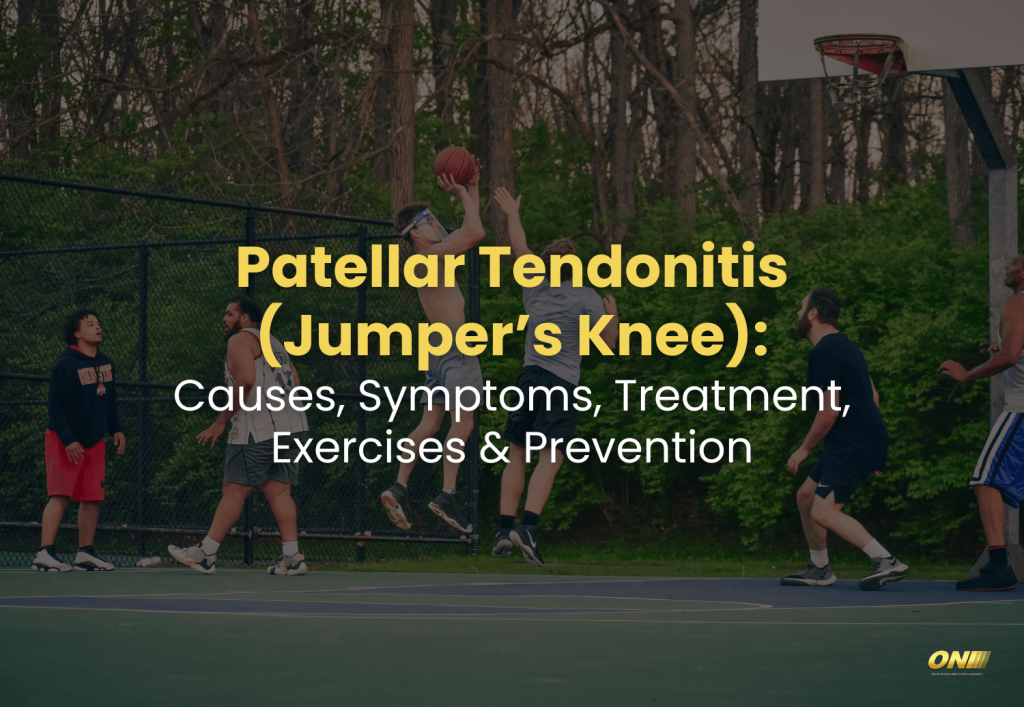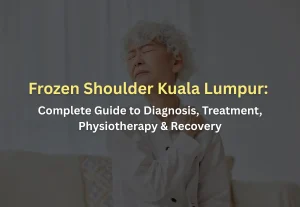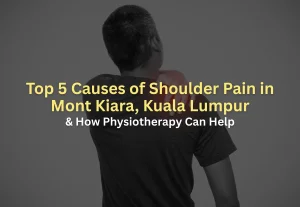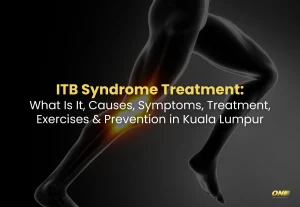Introduction
If you’ve ever experienced knee pain during sports or physical activities, you may have heard of patellar tendonitis, commonly known as “jumper’s knee.” This condition is especially prevalent among athletes or active individuals, causing discomfort and hindering daily function.
At ONI Physio Fitness in Mont Kiara, Kuala Lumpur, we specialize in treating patellar tendonitis with a holistic approach designed to relieve pain and restore knee function. In this post, we’ll explore the causes, symptoms, and treatment options for patellar tendonitis, along with practical exercises and prevention tips.
What is Patellar Tendonitis?
Patellar tendonitis is an overuse injury affecting the patellar tendon, which connects the kneecap (patella) to the shinbone (tibia). This tendon is essential for knee movement, as it enables activities like jumping, running, and squatting.
Repetitive stress on the patellar tendon can cause tiny tears and inflammation, leading to pain and decreased knee function. If left untreated, this condition can worsen, becoming chronic and more challenging to manage.
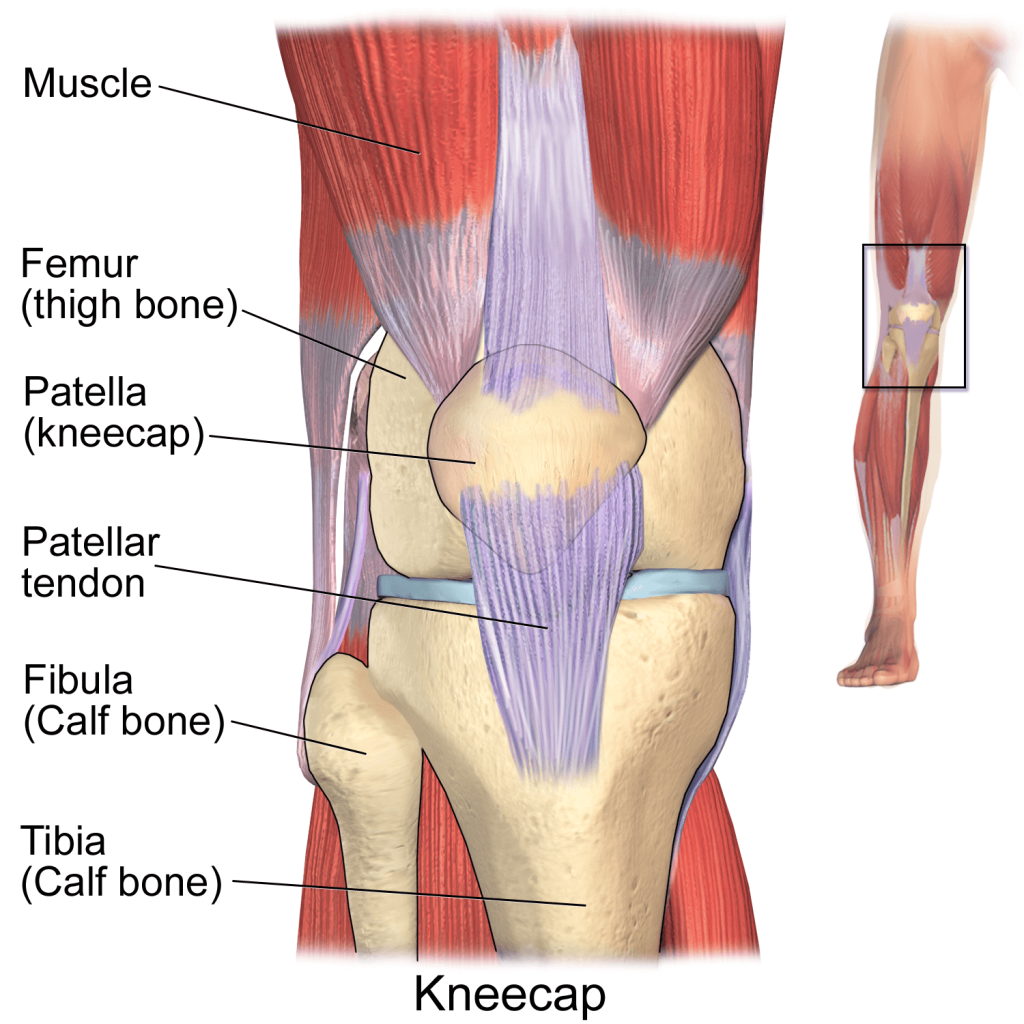
BruceBlaus. When using this image in external sources it can be cited as:Blausen.com staff (2014). “Medical gallery of Blausen Medical 2014”. WikiJournal of Medicine 1 (2). DOI:10.15347/wjm/2014.010. ISSN 2002-4436., CC BY 3.0 <https://creativecommons.org/licenses/by/3.0>, via Wikimedia Commons
Symptoms of Patellar Tendonitis
Patellar tendonitis symptoms usually develop gradually and can intensify if the condition is not addressed. Common symptoms include:
- Pain and tenderness at the base of the kneecap, especially after physical activity
- Swelling around the knee joint
- Knee stiffness, particularly after periods of rest
- Increased pain during activities like jumping, running, or squatting
- Reduced ability to perform sports or high-impact activities
Experiencing these symptoms? ONI Physio Fitness in Mont Kiara, Kuala Lumpur, offers professional assessments to confirm a patellar tendonitis diagnosis and recommend a personalized treatment plan.
Causes of Patellar Tendonitis
Patellar tendonitis is caused by repeated stress on the patellar tendon. Key risk factors include:
- High-impact sports or repetitive activities, such as basketball, volleyball, running, or jumping
- Muscle imbalances (such as weak quadriceps or hamstrings) that place extra strain on the knee
- Inadequate warm-up or poor flexibility, leading to increased stress on the tendon
- Sudden increases in activity intensity without proper preparation
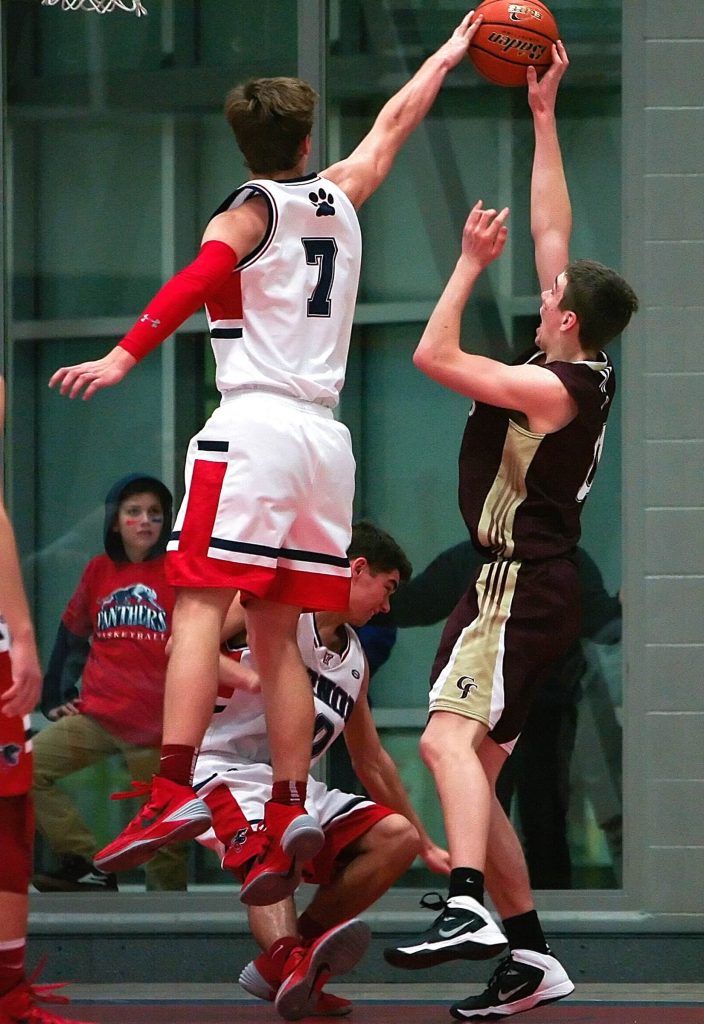
Understanding the cause of your patellar tendonitis can help you avoid habits or activities that aggravate the condition, making recovery faster and preventing recurrence.
Diagnosis
An accurate diagnosis is crucial for effective treatment of patellar tendonitis. At ONI Physio Fitness in Mont Kiara, our physiotherapists provide a comprehensive assessment of your knee’s range of motion, flexibility, and muscle strength.
By evaluating the mechanics of your knee joint, our team can confirm whether you have patellar tendonitis and identify any contributing factors, such as improper alignment or weak muscle groups. This personalized evaluation forms the foundation of a tailored treatment plan designed to speed up recovery and restore full knee function.
Patellar Tendonitis Treatment
Treating patellar tendonitis often requires a combination of rest, physiotherapy, and specific exercises. At ONI Physio Fitness in Kuala Lumpur, we offer a variety of physiotherapy treatments, including:
- Manual Therapy: This hands-on approach reduces pain, promotes blood flow, and helps with tissue healing by addressing tightness and stiffness around the knee.
- Targeted Strengthening Exercises: Our physiotherapists guide you through strengthening exercises for the muscles surrounding the knee, including the quadriceps and hamstrings. Building these muscles can relieve strain on the patellar tendon.
- Eccentric Exercises: These exercises focus on controlled muscle lengthening, which is effective in repairing and strengthening tendons. Our physiotherapists supervise these movements to prevent further strain.
- Ultrasound Therapy and Other Modalities: Techniques such as ultrasound or cold therapy can help reduce inflammation, alleviate pain, and support tissue recovery.
- Movement Assessment and Correction: We evaluate your movement patterns and correct any biomechanical issues, such as foot alignment, that may be contributing to patellar tendonitis.
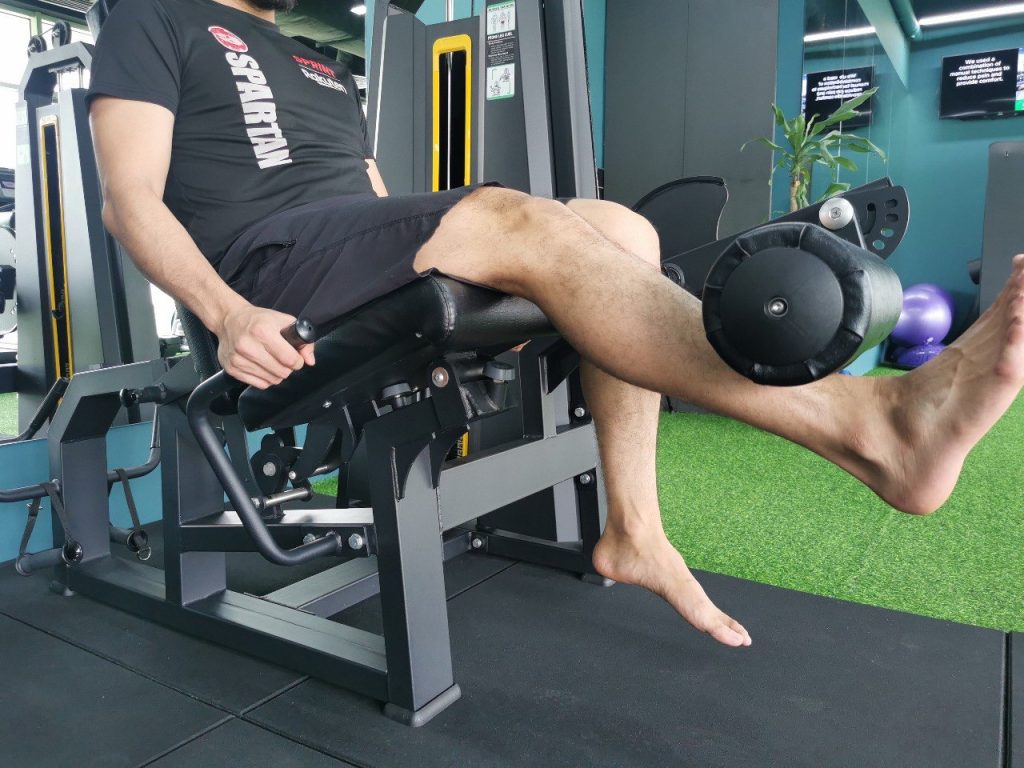
Exercises for Patellar Tendonitis
Exercise is a key part of patellar tendonitis treatment. Here are three effective exercises to strengthen the knee and reduce patellar tendon strain:
Eccentric Squats
- Stand on a raised platform or step, with one foot on the platform and the other hanging off the edge.
- Slowly squat down by bending the knee on the platform while keeping the other leg straight.
- Return to the starting position and repeat 10-15 times for each leg. This exercise strengthens the patellar tendon through controlled eccentric movements.
Straight-Leg Raises
- Lie on your back with one knee bent and the other leg extended straight.
- Lift the straight leg to about 45 degrees and hold for a few seconds, then lower it slowly.
- Repeat 15-20 times on each side. This exercise helps improve quadriceps strength without straining the knee.
Step-Ups
- Stand in front of a low step or platform, placing one foot on the step.
- Slowly step up, using the leg on the platform to lift your body weight.
- Step back down carefully and repeat for 10-15 reps on each leg. Step-ups strengthen the quadriceps and glute muscles, supporting knee stability.
Prevention of Patellar Tendonitis
Preventing patellar tendonitis is possible with some proactive habits:
- Gradually increase exercise intensity to avoid overloading the patellar tendon.
- Strengthen and stretch your leg muscles to maintain a balance of strength and flexibility.
- Incorporate low-impact activities (like swimming or cycling) into your routine to reduce knee strain.
- Wear proper footwear that provides support, especially during high-impact activities.
- Warm up properly before sports or physical activity to prepare the muscles and tendons for movement.
Get Professional Help at ONI Physio Fitness
Knee pain from patellar tendonitis can be challenging, but with expert care, it’s possible to restore knee function and get back to your active lifestyle. At ONI Physio Fitness in Mont Kiara, Kuala Lumpur, our physiotherapists offer specialized assessments and treatments designed to alleviate knee pain, strengthen the surrounding muscles, and prevent future injuries.
Book your appointment today to start your journey toward a pain-free, active lifestyle!

